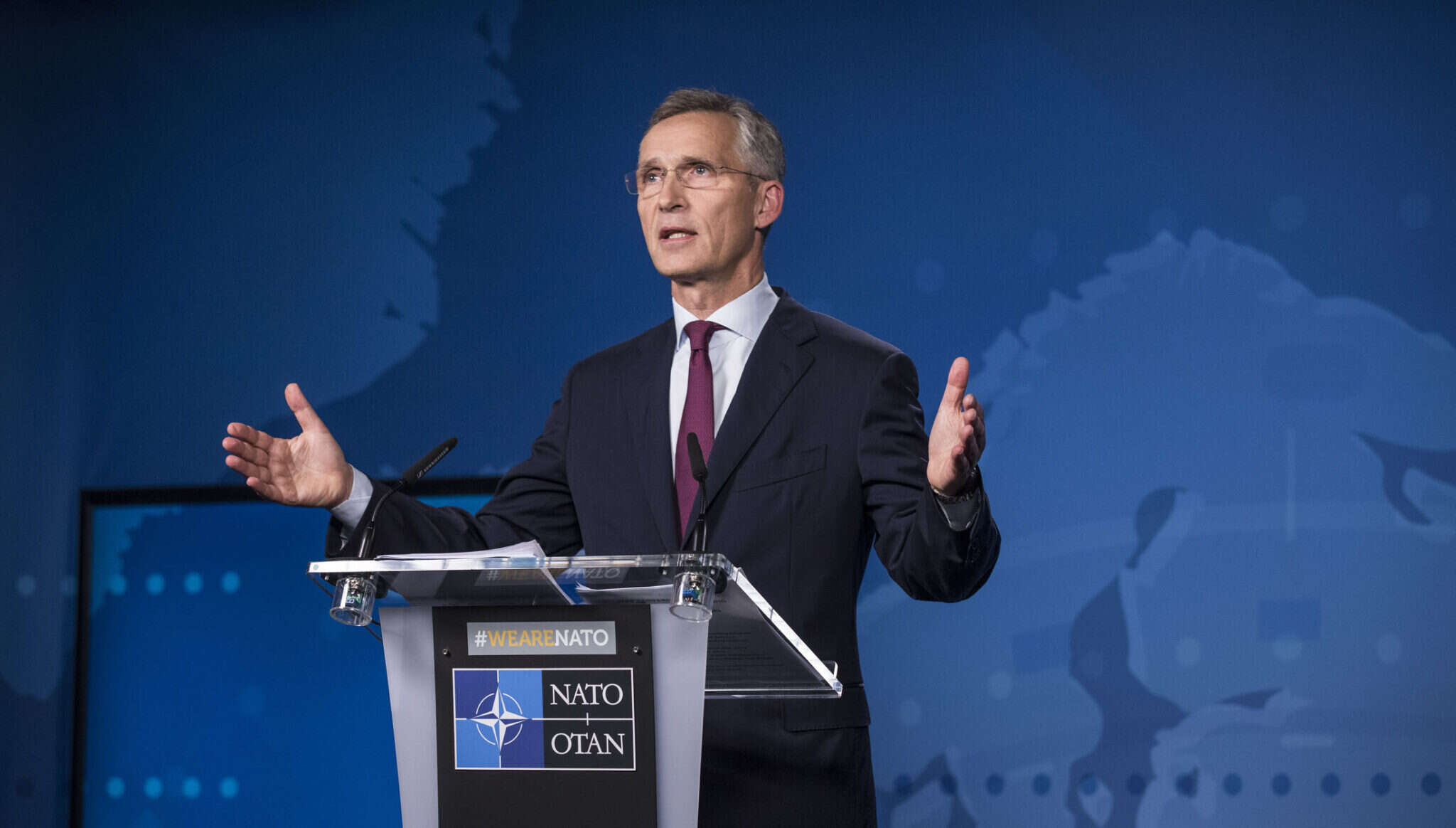
The North Atlantic Treaty Organisation (NATO) is hiring a Chief Information Officer (CIO) for the first time. They will face the formidable challenge of bringing IT “coherence” to the NATO Enterprise’s 41 civil and military bodies and 25,000+ users.
The military alliance’s new CIO will earn €11,933.08 (£10,500) per month, or a tax-free €143,000 per year, with generous benefits, according to an advert posted by NATO on August 25. The CIO will be based primarily in Brussels and — in a sign of how seriously the organisation is taking the hire — report directly to NATO’s Secretary General.
Applications need to be in by September 22. While NATO’s sub-agencies have had CIOs already , the job is a newly created one, a NATO spokesperson confirmed.
NATO Assistant Secretary General for Defence Investment, Camille Grand, told Computer Business Review that NATO was very open-minded about who it hired: military or public sector experience was not obligatory.
He said: “I certain hope that we will be in a position to compare very different individuals with a wide range of different backgrounds, and to try to see what is indeed the best possible fit for what is a very demanding place.”

The Job: NATO CIO
NATO describes key challenges for the incoming CIO as including:
Establishing a new CIO function for NATO… and “driving coherence across 41 separate NATO civil and military bodies.”
Aligning culture with NATO strategy… using a “wide variety of tools to enable a coherent, harmonised, transparent and effective approach to the way the NATO Enterprise delivers ICT capabilities and services”
Adapting and adopting new technologies… The CIO will “enable the exploitation of emerging technology while remaining laser focused on improving the NATO cyber defence posture”, the job description notes.
Mr Grand told us: “NATO invests close to a billion euros in IT every year. It is managed by the Communications and Information Agency, which is serving multiple purposes, but [we want someone to] inject that enterprise approach… The second element is really not so much about the technology, but about change management.
“We have to bring that enterprise culture to every element of the enterprise — and bring all the NATO entities into this. [So the job involves taking a] large and complex organisation through organisational transformation. It’s also about people, process and culture; and that’s really something we are paying a lot of attention to.”
The Person: Good at “Consensus Building”
The winning candidate will need to have 15 years’ “relevant and progressively responsible experience, of which at least 10 must be in sizeable governmental or industry-leading organisations, leading large, cross-functional teams”.
They will also need to possess “substantial experience managing enterprise-wide programmes, involving multiple stakeholders and change management” and have “proven experience in consensus building”. A key challenge: working towards the “continual improvement of the NATO Enterprise cyber hygiene.”
The right candidate, Mr Grand notes, needs to be able to “combine NATO’s security culture with the digital culture to make sure that we sort of have the best of both worlds. This is obviously demanding because we want to be able to telework as much as possible. [The CIO’s team needs to lead in saying] ‘this is the right hardware, network, software to do so in a secure environment, up to whatever level we see appropriate.”
The NATO CIO will have significant internal backing to push forward their vision, he suggests. They will be “someone who is very involved in the organization, reporting directly to the secretary general; [someone] who will be the the leader for our training or strategy or in innovation in the domain across the enterprise.”
A CIO Reacts
One leading CIO in the private sector who declined to be named, told Computer Business Review that many would be tempted to throw their hat into the ring.
They said: “As an IT professional, it is not often that roles come up where you have a chance to contribute to world peace, so I can imagine that this role will attract a lot of interest. [However] I would say that the salary for a role with these dimensions is average (at best). The successful applicant will certainly earn it too.”
They added: “This sentence really caught my eye… ‘coherence across 41 separate NATO civil and military bodies’. I would anticipate that those bodies would all have quite a high expectation of sovereignty/self-determination. That for me made this sound like a massive understatement: ‘have proven experience in consensus building’; I would have thought that ‘off-the-charts experience…’ would be a more accurate requirement”.
NATO: What’s Happening?
NATO, founded in 1949, has 30 member countries across Europe and North America. The Alliance is based on the principle of collective defence.
It is facing a dynamically changing world. In July 2016, its members recognised cyberspace for the first time as a domain of operations in which NATO must defend itself as effectively as it does in the air, on land and at sea.
A summary of its 2020 military budget recommendations takes note of the “growing technical complexity inherent in the Communications and Information requirements and need for NATO to remain agile in its approach to Innovation, particularly with a number of entities proposing innovation as part of their programmes.”
Applications for the CIO role need to be in by September 22. Computer Business Review urges its readers to throw their hats into the ring.
See our full interview with Mr Grand about the role in our forthcoming sister publication Tech Monitor, launching early October.






